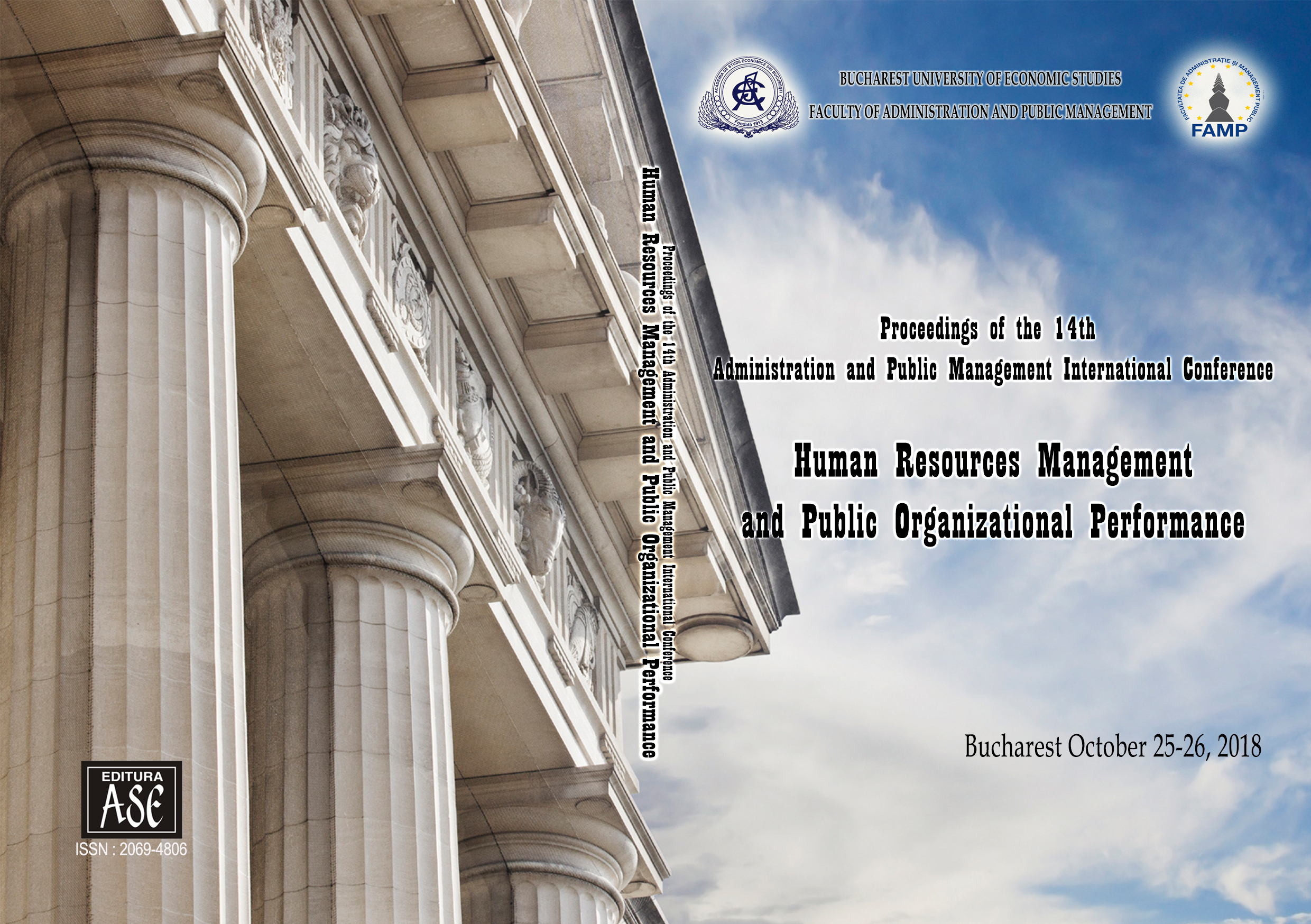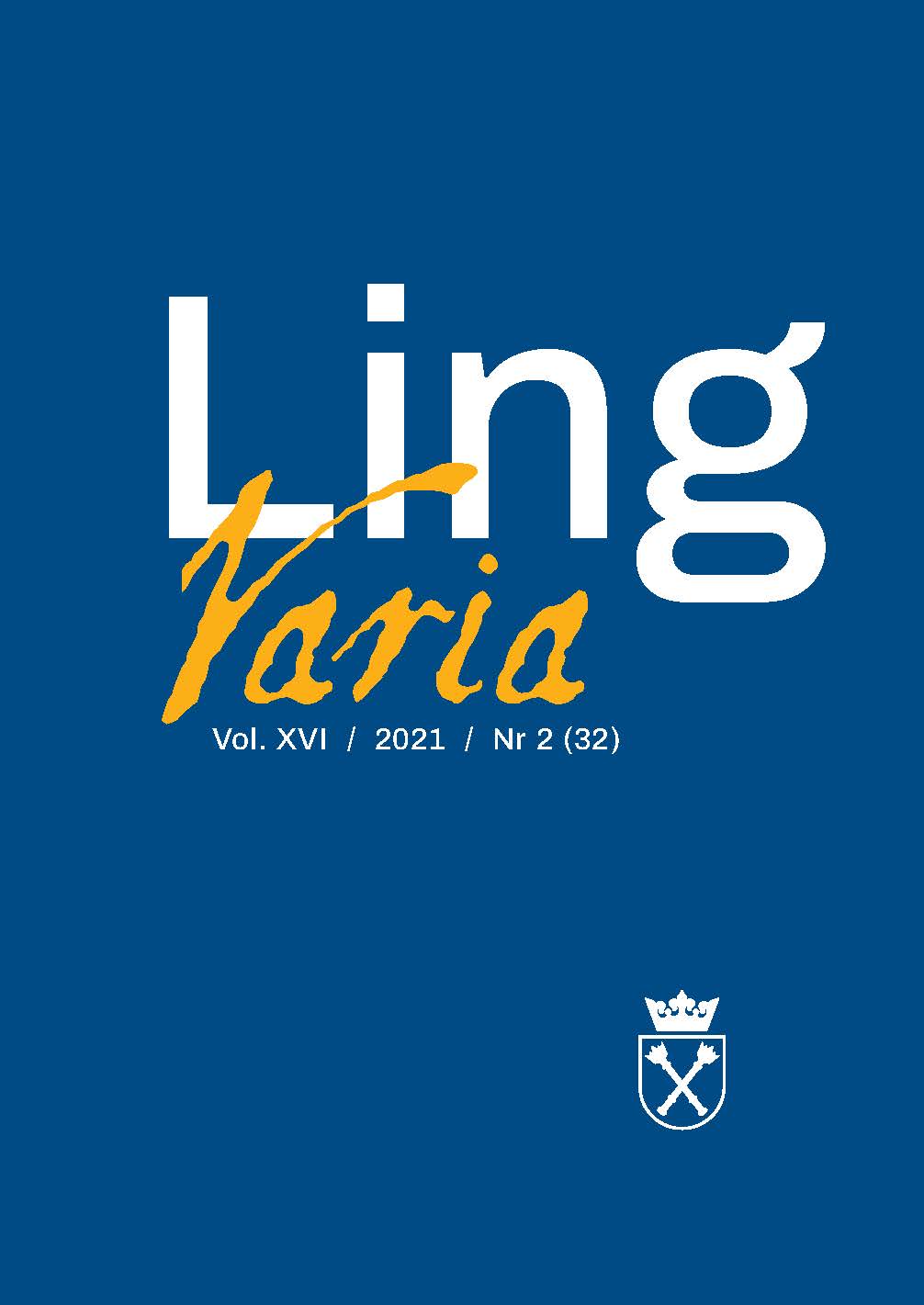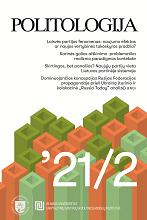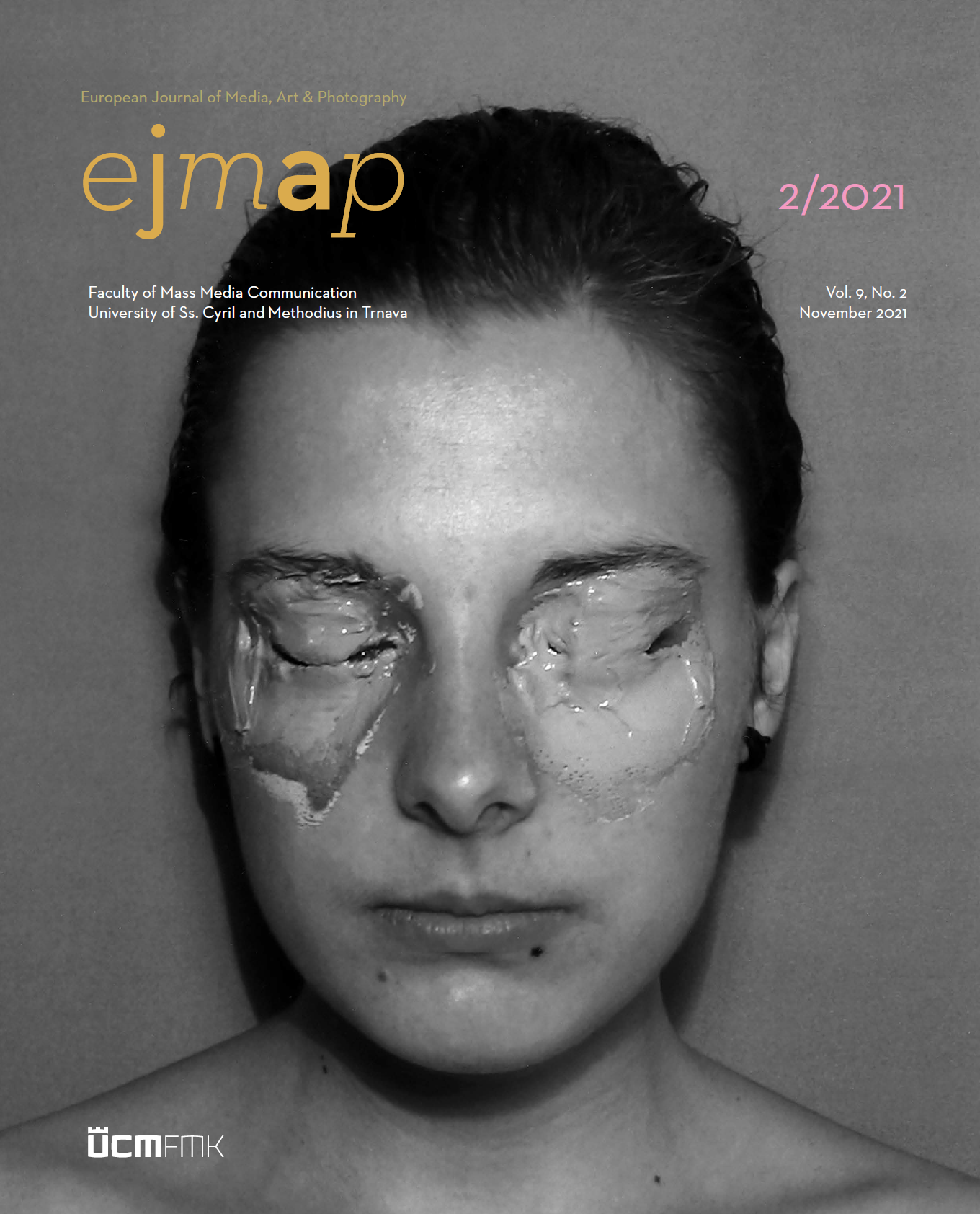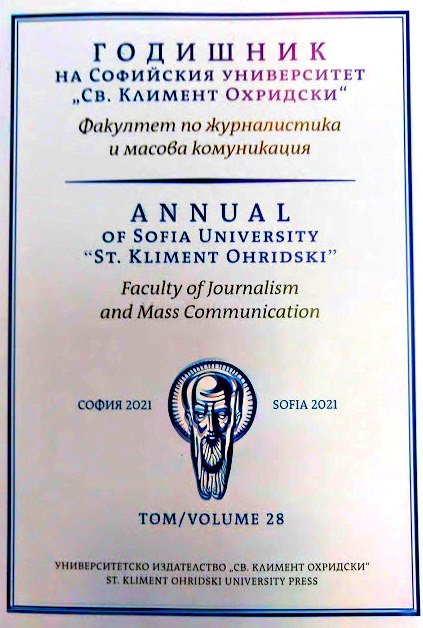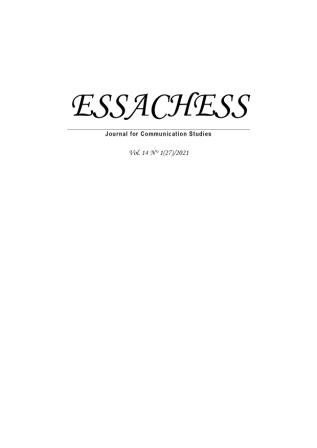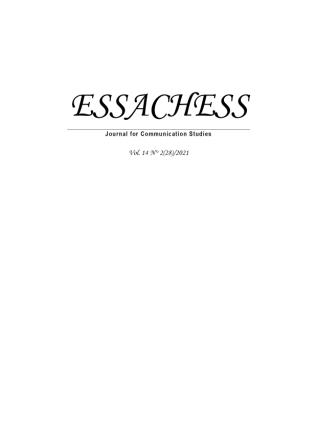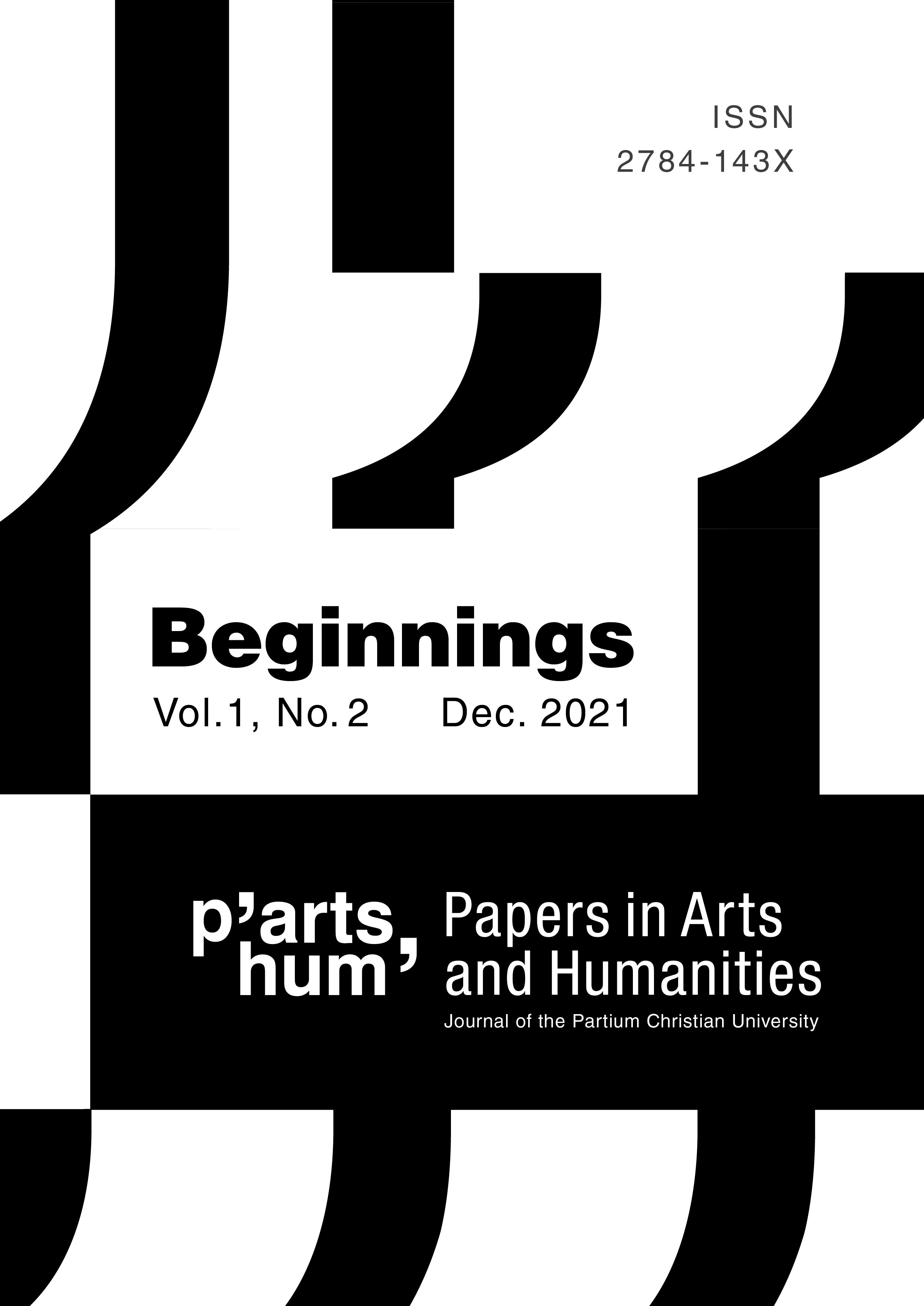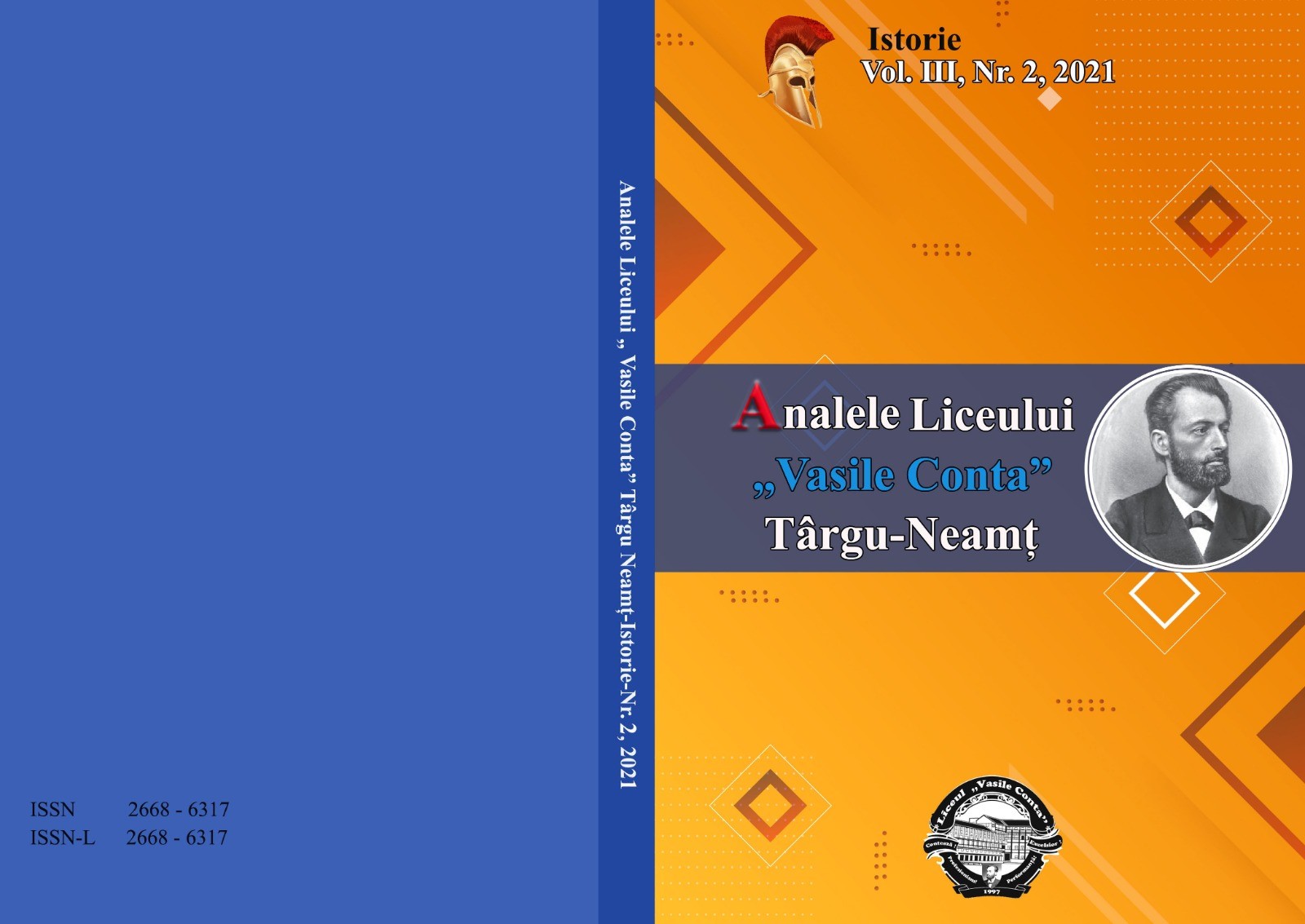Despre post-adevar, minciuni si lumea în care traim
Review of the book: Lee McIntyre, Post-Truth (Cambridge: MIT Press, 2018). The review focuses mostly on the complexity of McIntyre’s analysis, the author succeeding to draw, in an introductory book, a truly multifaceted picture of a phenomenon that is defining the word we live in.
More...
